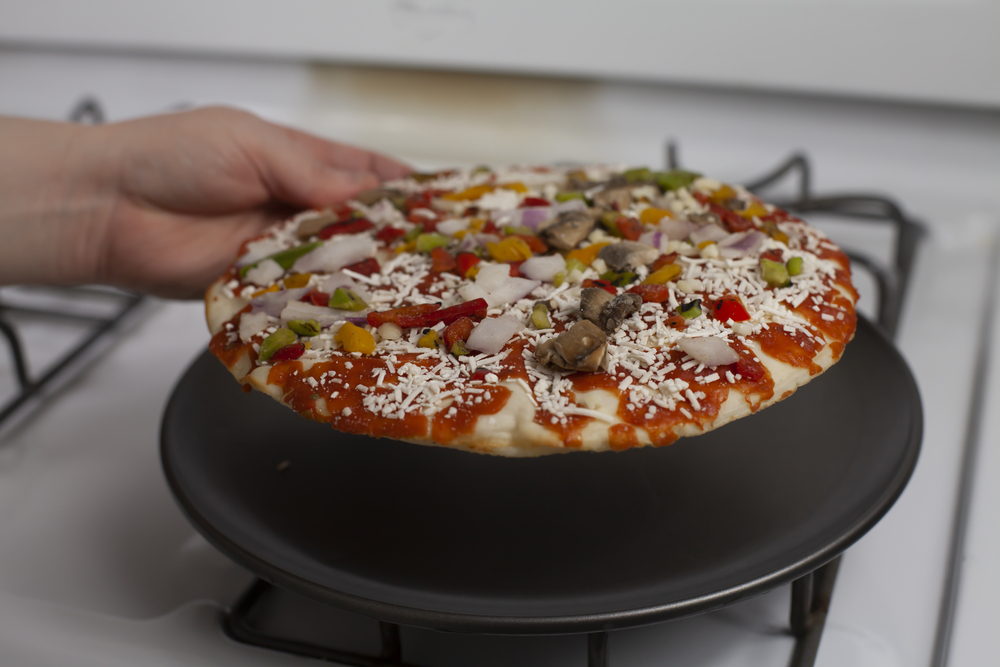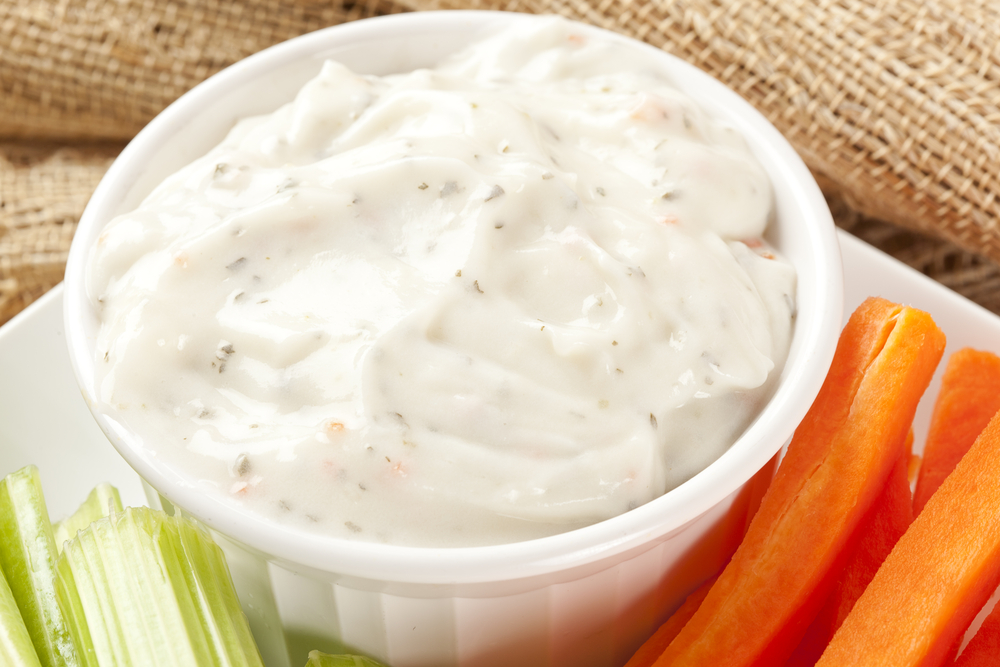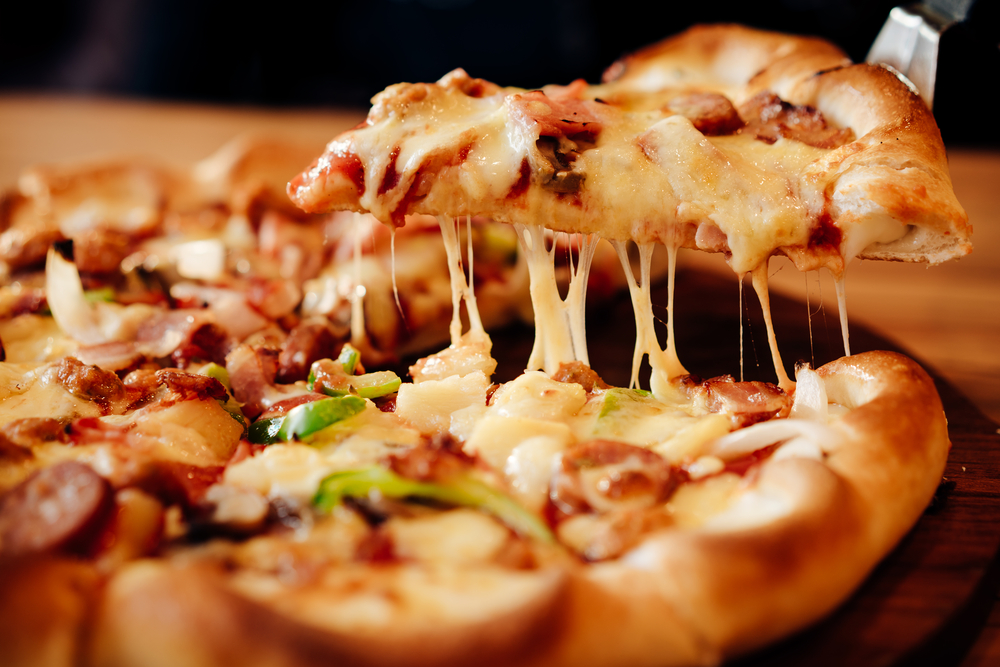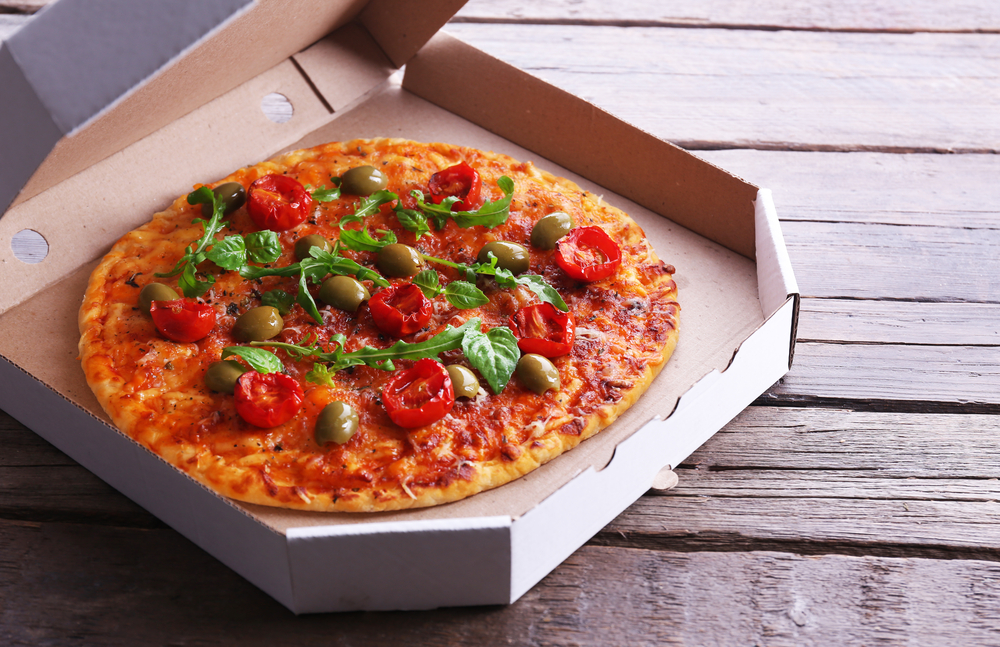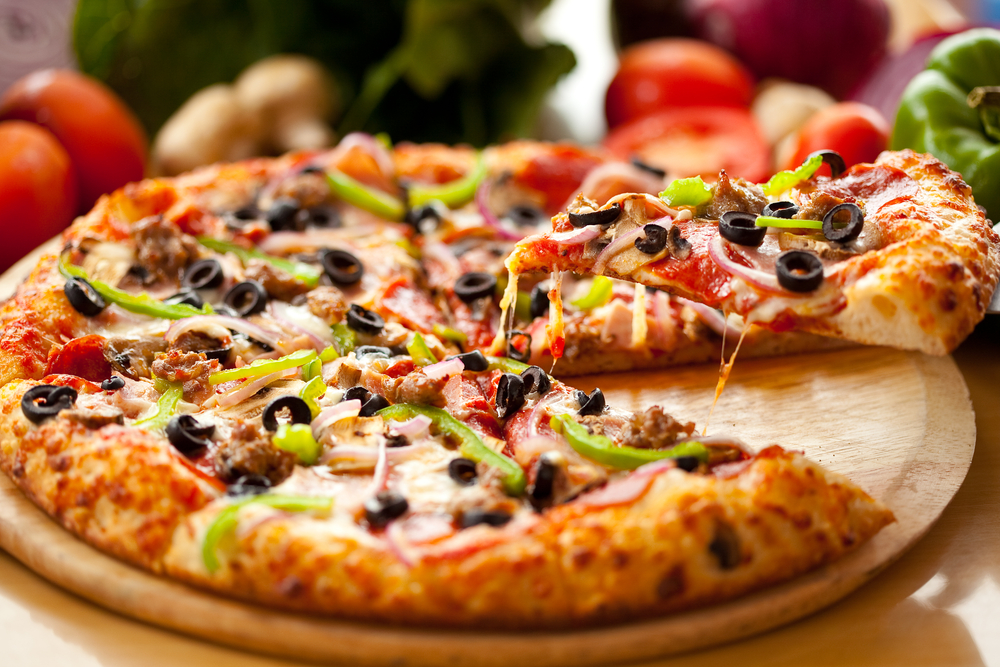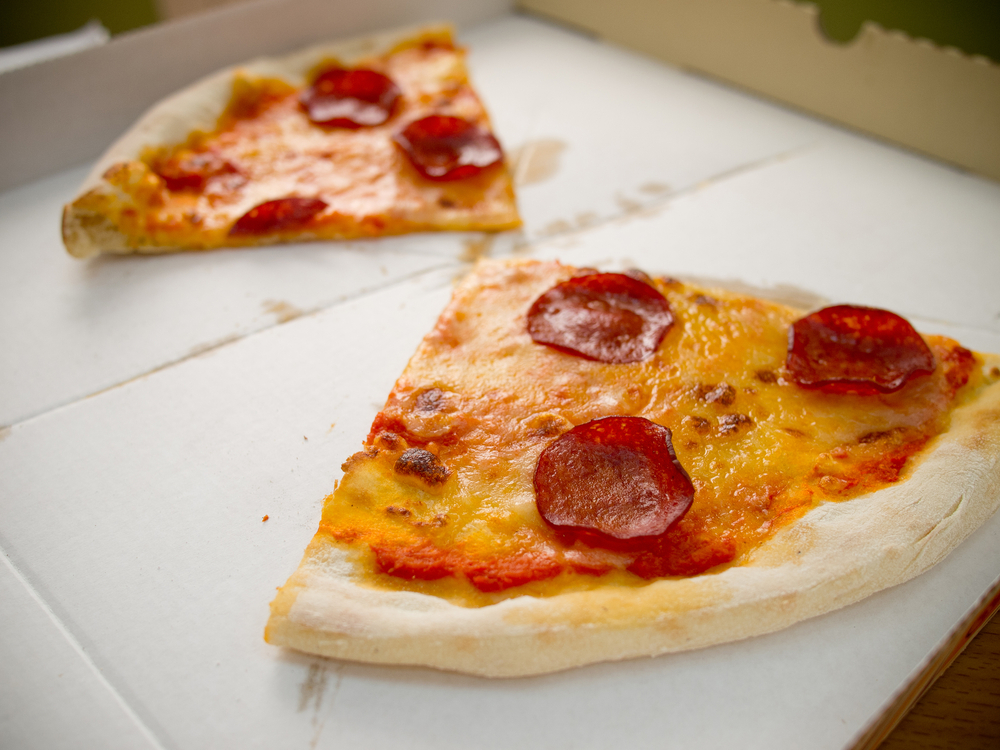Ranch dressing is a popular condiment loved by many for its creamy, tangy flavor, making it a versatile addition to a variety of dishes.
Whether you’re serving it as a dip for vegetables, a topping for pizza, or a dressing for your favorite salad, ranch is undoubtedly a staple in many households.
One common question arises when it comes to this beloved product: how long can ranch last in the fridge?
The shelf life of ranch dressing depends on several factors, including how it’s stored and whether it’s homemade or store-bought. Understanding the proper storage methods and identifying signs of spoilage will ensure that you get the most out of your ranch dressing while avoiding any potential health risks.
Read on to learn more about how long ranch can last in the fridge and tips for maintaining its optimal quality and flavor.
Key Takeaways
- Ranch dressing’s shelf life varies depending on storage methods and whether it’s homemade or store-bought.
- Proper storage and recognizing signs of spoilage help maintain ranch’s quality and flavor.
- Homemade ranch dressing generally has a shorter shelf life than store-bought varieties due to the absence of added preservatives.
Understanding Ranch Dressing

History of Ranch and its Ingredients
Ranch dressing has a rich history, with its origins tracing back to the 1950s when Steve and Gayle Henson created the original recipe at their Hidden Valley Ranch in Santa Barbara, California.
The couple concocted a unique blend of herbs, spices, and other ingredients to develop this now hugely popular dip and dressing.
The primary ingredients in ranch dressing include mayonnaise, sour cream, and sometimes buttermilk. The flavor profile mainly comprises a mix of herbs, such as dill, parsley, and chives, in combination with spices like garlic and onion powder.
Ranch dressing has become a staple in American cuisine, used not only as a salad dressing but also as a dipping sauce for various dishes.
Ranch Varieties
As the popularity of ranch dressing grew, various versions of the original recipe began to emerge. There are now numerous store-bought and homemade ranch dressing options to cater to different tastes and dietary preferences. Here are some common varieties:
- Traditional Ranch: The classic recipe, which includes mayo, sour cream, and a mix of herbs and spices.
- Buttermilk Ranch: Uses buttermilk as a base instead of sour cream, resulting in a thinner consistency.
- Greek Yogurt Ranch: Swaps the mayo and sour cream with Greek yogurt, creating a tangier, healthier option.
- Vegan Ranch: Contains vegan substitutes like plant-based mayo and non-dairy milk or yogurt to cater to dietary restrictions.
Making homemade ranch dressing is simple since it involves just blending the key ingredients (typically mayo, sour cream or yogurt, and a mix of herbs and spices) into a smooth consistency.
To replicate the traditional Hidden Valley Ranch flavor, one can use a ranch dressing mix or follow a ranch recipe closely.
Ranch has continued to evolve over the years, with new spins on the classic recipe emerging frequently. Regardless of individual preferences, this versatile dressing remains a much-loved addition to meals across the United States and beyond.
The Shelf Life of Ranch
Store-Bought Ranch Shelf Life
Store-bought ranch dressing typically has a longer shelf life due to the added preservatives in its ingredients. An unopened bottle of store-bought ranch dressing can last in the pantry for about 3 to 6 months past the expiration date printed on the bottle.
Once opened, it should be stored in the refrigerator in an airtight container to retain its flavor and prevent spoilage.
In the fridge, an opened bottle of store-bought ranch can generally maintain its quality for around 1 to 2 months. To ensure freshness, it is essential to keep the bottle sealed when not in use and avoid introducing water or contaminants into the dressing.
Homemade Ranch Shelf Life
Homemade ranch dressing has a shorter shelf life compared to its store-bought counterpart, primarily due to the absence of preservatives and differences in storage conditions.
When making homemade ranch, it is crucial to use fresh ingredients, especially milk, to avoid spoilage and maintain optimal flavor.
Typically, homemade ranch dressing will remain fresh for one week when stored in the refrigerator in an airtight container. It is important to minimize contact with air and to store it away from strong-smelling foods, as this can impact its taste.
In conclusion, the shelf life of ranch dressing varies depending on whether it is store-bought or homemade. Proper storage techniques, such as using airtight containers and refrigerating opened bottles, can significantly extend the freshness and flavor of both types of ranch dressings.
Storing Ranch Properly
Storage Tips for Refrigeration
To preserve the freshness and taste of ranch dressing, it’s essential to store it in the refrigerator at all times. When kept in the fridge, ranch can last for several weeks, depending on its ingredients and how it’s stored.
Use an airtight container to ensure that the dressing stays fresh for as long as possible. This helps prevent the exposure to air, which can lead to oxidation and a change in taste.
Divide your ranch dressing into smaller portions before refrigerating. This practice not only reduces the risk of contamination but also helps retain the flavor by minimizing the number of times the container is opened.
Store the container in the main compartment of your refrigerator, away from the door, to maintain a consistent temperature.
Alternative Storage Methods
If you don’t have an airtight container, a mason jar or a similar glass jar with a tight lid can serve as an alternative storage method.
Glass jars can help prevent odor transfer from other items in the refrigerator, and the airtight seal keeps the ranch dressing fresh.
For those who prefer to prepare homemade ranch dressing, it’s crucial to refrigerate it immediately after preparation. Avoid letting it sit at room temperature for extended periods.
Opting for a sealed container is advised, as it keeps your dressing safe from external contaminants and maintains its consistency.
Keep the following storage tips in mind:
- Store ranch dressing in an airtight container or a mason jar
- Keep the container in the main compartment of your refrigerator
- Divide the dressing into smaller portions to minimize exposure to air and contamination
- Refrigerate homemade ranch dressing soon after preparation
Quality and Texture Changes with Time
Sensory Characteristics of Aged Ranch
As ranch dressing ages in the fridge, its sensory characteristics, including flavor, smell, and texture, tend to change. The fresh, tangy taste that ranch is known for may become more subdued, making way for a less appealing, off flavor.
This can affect the overall appeal of the dressing and its compatibility with various dishes.
The smell of aged ranch can also change over time, gradually losing its original aroma and acquiring a more pungent or sour smell. This might make it less appetizing to consumers.
The texture of ranch dressing may be altered as it sits in the fridge. Separation of ingredients and slight thickening or thinning can occur, which can affect the dressing’s consistency and mouthfeel.
In some cases, the dressing might lose its smooth, creamy texture and become grainy or clumpy.
Indicators of Spoilage
It is essential to recognize the signs of spoilage in ranch dressing to avoid consuming a product past its prime. Mold is one of the most obvious indicators that the dressing is no longer safe to eat.
When present, the mold can appear in various colors, including green, white, or black. It might grow as small spots or larger, more noticeable areas of contamination.
Discoloration is another sign of spoilage in ranch dressing. The pristine white or light cream color may shift to a darker, brownish hue or develop a yellow tinge. This change in appearance is often accompanied by off-putting odors and tastes.
The texture can also be a revealing factor when determining spoilage. A noticeable change in consistency, such as excessive separation or curdling, is a good indication that the dressing is past its best-before date.
Similarly, a slimy or greasy residue on the surface of the product suggests that it is no longer safe for consumption.
By taking note of these sensory changes and indicators of spoilage, one can better determine whether a ranch dressing stored in the fridge is still fit for use or if it should be discarded for safety and quality reasons.
Impact of Ingredients on Shelf Life

Dairy Ingredients
The shelf life of ranch dressing largely depends on the various ingredients used in its preparation. Dairy products, such as milk, buttermilk, and sour cream, are often key components in buttermilk ranch dressing.
These ingredients are typically highly perishable and can significantly impact the overall shelf life of the dressing.
Fresh sour cream, for example, can last anywhere from two to three weeks in the refrigerator. However, when mixed with other ingredients such as oil, lemon juice, and spices, the shelf life of the finished product may be reduced.
Saturated fat content in dairy ingredients can also influence the shelf life, as the fat may turn rancid over time.
Spices and Herbs Related Shelf Life
Spices and herbs, such as garlic, parsley, and garlic powder, are often used to add flavor to ranch dressing. Though these ingredients may not be as perishable as dairy products, they can still affect the dressing’s shelf life.
- Fresh Herbs – Fresh herbs, such as parsley or cilantro, have a shorter shelf life compared to dried herbs. When used in ranch dressing, their longevity may influence the overall freshness of the finished product.
- Dried Herbs – Dried herbs, like garlic powder, can last much longer than fresh herbs. However, their flavors may diminish over time, impacting the overall taste of the ranch dressing.
- Spices – Spices such as monosodium glutamate (MSG) and other flavor enhancers can also affect the shelf life of ranch dressing. While they generally have a long shelf life, they may interact with other ingredients in the dressing and impact its overall longevity.
In conclusion, the shelf life of ranch dressing is largely determined by its ingredients. Dairy products such as milk, buttermilk, and sour cream can be more perishable, leading to a shorter shelf life.
Spices and herbs, both fresh and dried, can also have an impact on the overall shelf life, freshness, and flavor of the ranch dressing.
The Risks of Eating Expired Ranch

Eating expired ranch dressing can lead to several health issues, primarily because it increases the risk of food poisoning. When ranch dressing remains in the fridge beyond its expiration date, harmful bacteria and mold may start to grow.
These contaminants can cause a range of symptoms, from mild discomfort to severe illness.
One of the main causes of food poisoning from expired ranch is the growth of bacteria such as Salmonella, Listeria, and Escherichia coli (E. coli). These bacteria can lead to gastrointestinal symptoms like diarrhea, vomiting, and abdominal pain.
In some cases, food poisoning caused by these bacteria can result in more severe complications, particularly for vulnerable populations like young children, the elderly, and people with weakened immune systems.
Mold is another risk factor when consuming expired ranch dressing. Mold can grow on the surface of the product or throughout, depending on factors like humidity and temperature.
Some molds produce mycotoxins, which can cause allergic reactions and respiratory problems in sensitive individuals. Ingesting moldy ranch can lead to symptoms such as nausea, vomiting, and diarrhea.
In conclusion, it is essential to monitor the expiration date of ranch dressing and ensure proper storage conditions to minimize the risk of bacterial growth and mold formation.
Consuming expired ranch can lead to food poisoning, allergic reactions, and respiratory issues. To protect your health and ensure the highest quality of your food, always discard ranch dressing that is past its expiration date.
Ranch in the Freezer
Impact of Freezing on Ranch Quality
Freezing ranch dressing can help extend its shelf life, but it may also affect the quality of the dressing. Ranch is an emulsion of buttermilk, mayonnaise, and various seasonings, which means it can separate when frozen and thawed.
When ranch separates, the texture and consistency can be altered, resulting in a less appealing dressing.
Upon freezing, ranch may lose some of its creaminess and may be thicker or lumpier once thawed. Additionally, flavor changes may occur due to freezing temperatures affecting the herbs and spices in the dressing.
Thus, while freezing ranch is possible, it may not maintain the same quality as it would have if kept in the fridge.
The Process of Freezing Ranch Safely
When it comes to freezing ranch dressing, following these steps can help to minimize the impact on quality:
- Choose an appropriate container: Select an airtight, freezer-safe container that can withstand low temperatures. Make sure to leave some space at the top for expansion during freezing.
- Label and date the container: Label the container with the contents and date of freezing, as this will help you keep track of how long the dressing has been stored.
- Keep the temperature consistent: Make sure the freezer is set at a steady 0°F (-18°C) to ensure proper and even freezing.
- Thawing the dressing: When you are ready to use the frozen ranch dressing, transfer it to the refrigerator for a slow and even thaw. This will help minimize the possibility of separation.
- Stir before use: Once thawed, it is important to give the dressing a good stir to recombine any ingredients that may have separated during freezing. Note that the texture may not be exactly the same as when it was fresh.
In summary, ranch dressing can be stored in the freezer to prolong its shelf life, but the quality (including texture and flavor) could be compromised after thawing.
Following proper freezing, storage, and thawing techniques will help to preserve the quality of the dressing as much as possible.
How Ranch Pairs with Food
Ranch dressing is a versatile condiment that can enhance a wide variety of dishes. As a creamy and tangy sauce, it pairs well with different foods, providing a delightful taste experience.
Salads are a classic companion for ranch dressing, as the creaminess of the sauce complements the crispness of fresh vegetables. It also adds flavor to plain greens, making them more enjoyable to eat.
Dips made with ranch offer an excellent addition to any party platter. Cut vegetables, chips, and crackers all go well with the thickness and richness of a ranch-based dip.
Burgers and fries can also benefit from the unique flavor of ranch. Adding a dollop of ranch dressing to a burger gives it a delicious twist, while dipping fries in ranch provides a savory alternative to traditional ketchup.
Chicken wings and ranch dressing have become a popular pairing, especially in sports bars and restaurants. The cool and creamy ranch helps to balance out the spiciness of buffalo or barbecue sauces on the wings.
Pizza may not be the first dish that comes to mind for ranch dressing, but it is a surprisingly tasty addition. Drizzling ranch over a slice adds a new dimension of flavor and can help cut through the greasiness of some pizzas.
As a dipping sauce, ranch pairs exceptionally well with various appetizers and snacks. Mozzarella sticks, potato skins, and jalapeño poppers all taste great when dipped in the tangy, creamy sauce.
Finally, ranch can also be utilized in casseroles as a way to incorporate its distinct flavor into the dish. Mixing it with other ingredients helps to create a rich and creamy texture, enhancing the overall flavor profile of the meal.
Health Impacts of Ranch
Ranch dressing is a popular salad dressing that many people enjoy for its creamy and tangy flavor. However, it is important to consider the health impacts of using ranch on a regular basis.
Traditional ranch dressing can be high in sodium, fat, and sugar. This can impact a person’s overall health, especially if consumed in large quantities or frequently.
High sodium levels can contribute to increased blood pressure, while excessive fat and sugar intake can lead to weight gain and an increased risk of chronic diseases such as heart disease and diabetes.
Compared to other salad dressings, ranch may not be the healthiest option. For example, blue cheese dressing may also be high in fat, but it generally contains less sodium and sugar than ranch dressing.
Alternative dressings with healthier profiles include olive oil-based dressings and vinaigrettes, which are typically lower in sodium and added sugars, while providing healthy monounsaturated fats.
For those following specific dietary lifestyles such as keto, Whole30, or paleo, traditional ranch dressing may not be suitable due to its sugar content and the presence of additives or artificial ingredients.
However, there are modified versions of ranch available that cater to these dietary needs, often featuring modifications such as removal of added sugars, the use of alternative fats, or the elimination of artificial ingredients.
To enjoy the taste of ranch without the negative health impacts, individuals can also opt for healthier versions of the dressing.
This may include making a homemade recipe using healthier ingredients such as Greek yogurt, avocado, or a combination of herbs and spices to replace the high levels of sodium, fat, and sugar found in store-bought varieties.
By using these alternatives, individuals can continue to enjoy the flavor of ranch without compromising their health goals.
In summary, while ranch may be a tasty salad dressing, its high levels of sodium, fat, and sugar can be detrimental to one’s health when consumed frequently or in large amounts.
Considering alternatives such as healthier versions or other dressings can help to maintain a balanced and nutritious diet.
Related posts:
Frequently Asked Questions
How long does opened ranch dressing last in the fridge?
Opened ranch dressing can last up to 2 months in the fridge when properly stored. However, it’s always best to check the expiration date on the bottle and look for signs of spoilage before consuming.
What is the shelf life of homemade ranch?
Homemade ranch dressing should be stored in an airtight container and typically lasts for 1-2 weeks in the fridge. It’s important to note that homemade ranch may spoil more quickly due to the lack of preservatives found in store-bought versions.
Can ranch dressing go bad if left unrefrigerated?
Yes, ranch dressing can go bad if left unrefrigerated for an extended period of time. It is best to store it in the fridge as soon as possible to maintain its freshness and prevent bacterial growth.
What are signs of spoiled ranch dressing?
Some signs that ranch dressing has spoiled include an off smell, change in color or texture, or visible mold. If you notice any of these signs, it’s best to discard the ranch dressing and not consume it.
Is it safe to consume expired ranch dressing?
It is not recommended to consume expired ranch dressing. While it might be safe in some instances, the risk of consuming spoiled or contaminated product outweighs any potential benefit. Always check the expiration date and look for signs of spoilage before consuming.
How long is store-bought ranch good after opening?
Store-bought ranch dressing can generally last up to 2 months in the fridge after opening, when properly stored. Keep in mind that the quality may deteriorate over time, so it’s best to use it up as soon as possible.



